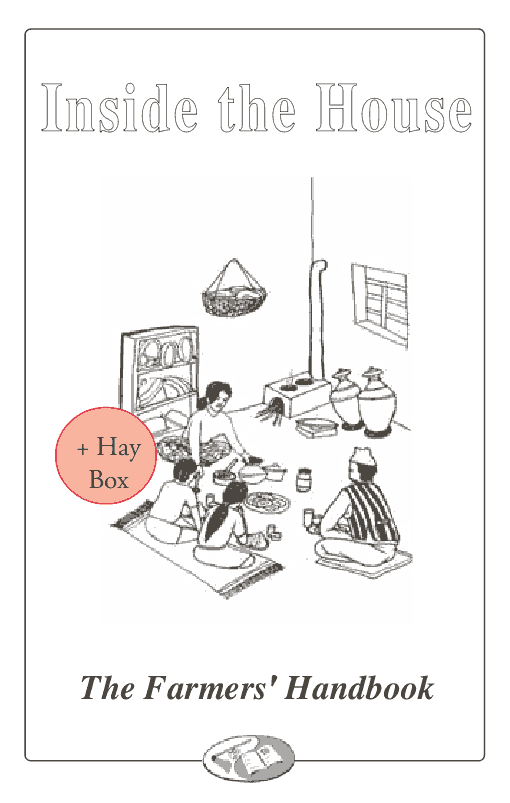
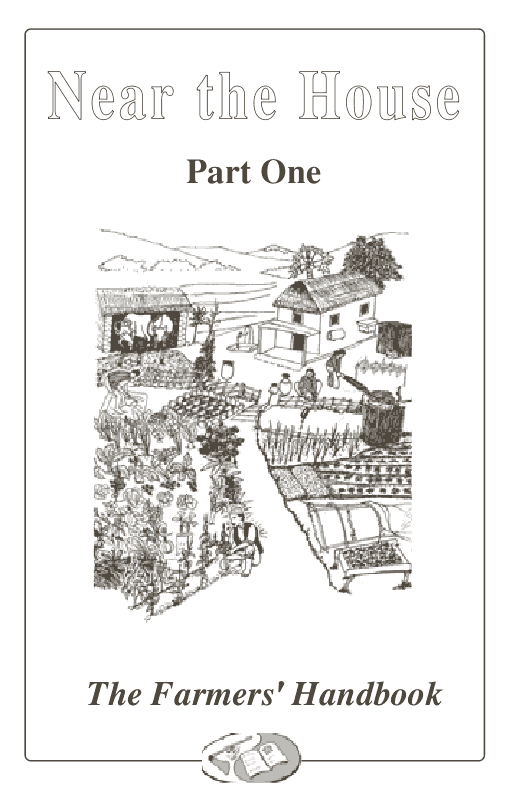
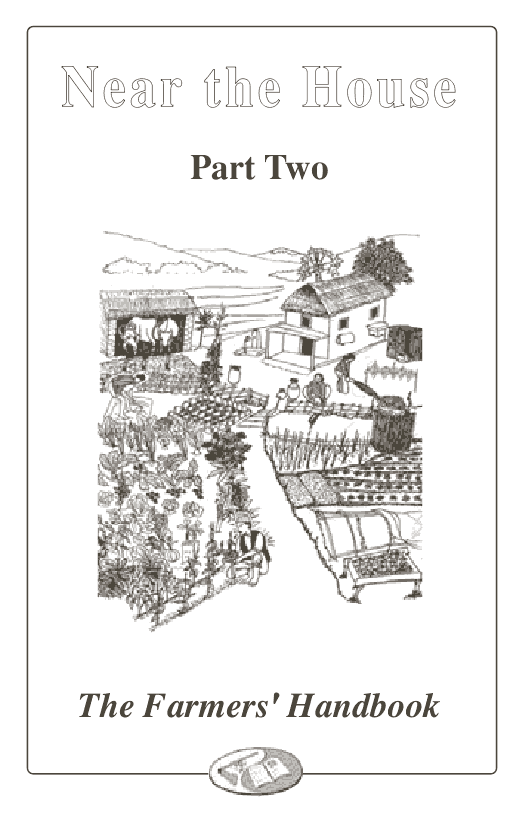
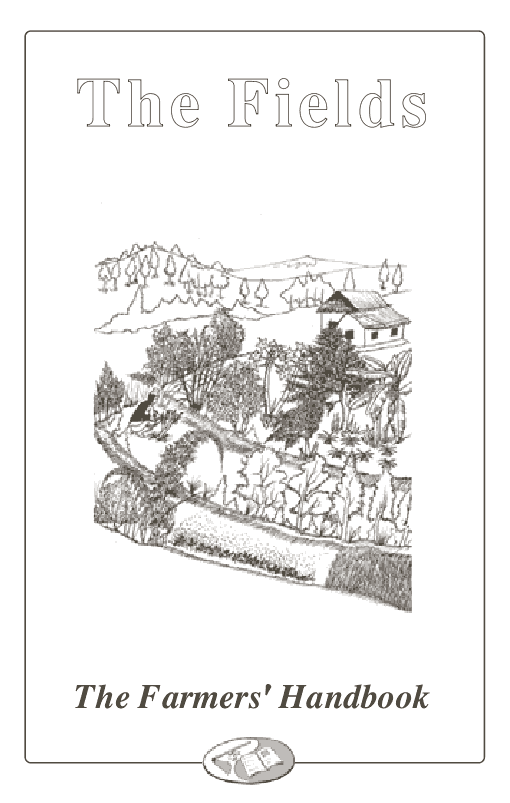
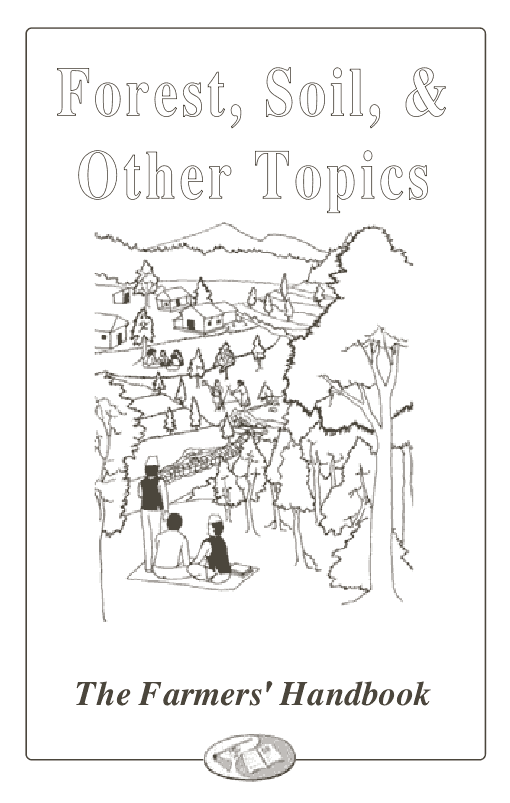 Summary
Summary
The Farmers' Handbook is a free permaculture eBook created by Chris Evans (UK) and Jakob Jespersen (Denmark), who have spent considerable time in Nepal, helping to develop locally appropriate methods and technologies that can help the people of Nepal live better lives, and sustainably so.
Although the information is specifically tailored for Himalayan conditions, almost everyone will find some useful ideas and information in this comprehensive work. The whole handbook is 50 chapters in 5 volumes – a total of 792 pages, including 170 pages of colour photos and illustrations.
Volume One of The Farmers' Handbook concentrates on permaculture 'Zone 0' - the closest zone to human habitation, inside our homes. It covers key permaculture aspects of diet and nutrition, food hygiene (crucial to the tropical environments for which the eBook was first written), how to make a more efficient stove and how to build a haybox cooker in order to cook food in a more energy-efficient way.
Volume Two of The Farmers' Handbook covers the crucial permaculture zones 1 and 2 - those closest to the house, where permaculture cycles really come into play. This free eBook volume covers how to reuse waste water, dealing with sweeping, building a pit latrine, making
compost, mulching and double digging in the garden, seed saving, Integrated Pest Management, using liquid manure safely, as well as keeping bees and livestock. It also includes a fascinating description of how to build a non-cement-based water system.
Volume Three of The Farmers' Handbook continues to focus on permaculture zones 1 and 2 - those closest to the house - but concentrates more on plant growing and seed raising, with chapters on the Kitchen Garden, productive polycultures, information on how to grow onions out of season, raising herbs, building hot beds, and the essentials of growing fruit, including grafting and budding.
Volume Four of The Farmers' Handbook looks at permaculture zones 3 and 4 - sometimes known as the field zones. The eBook looks at sowing and growing green manures (crucial for ongoing fertility), no-till agriculture, agroforesty, integrating orchards into your fields, how to plant fruit tress, as well as layering and fencing techniques. It finishes with a crucial chapter on the much-discussed System of Rice Intensification.
Volume Five of The Farmers' Handbook covers issues across all the permaculture zones, including forestry, soil management, A-frame construction, managing community funds, permaculture design techniques and more.
Where to get it?
permaculturenews.org -- download by chapter
permaculture.co.uk -- download by book
scribd.com -- view online
google drive file to viewed or downloaded
 28
28









 16
16









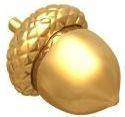
 5
5




 3
3




 4
4




 4
4




 3
3




 3
3




 2
2





 3
3











